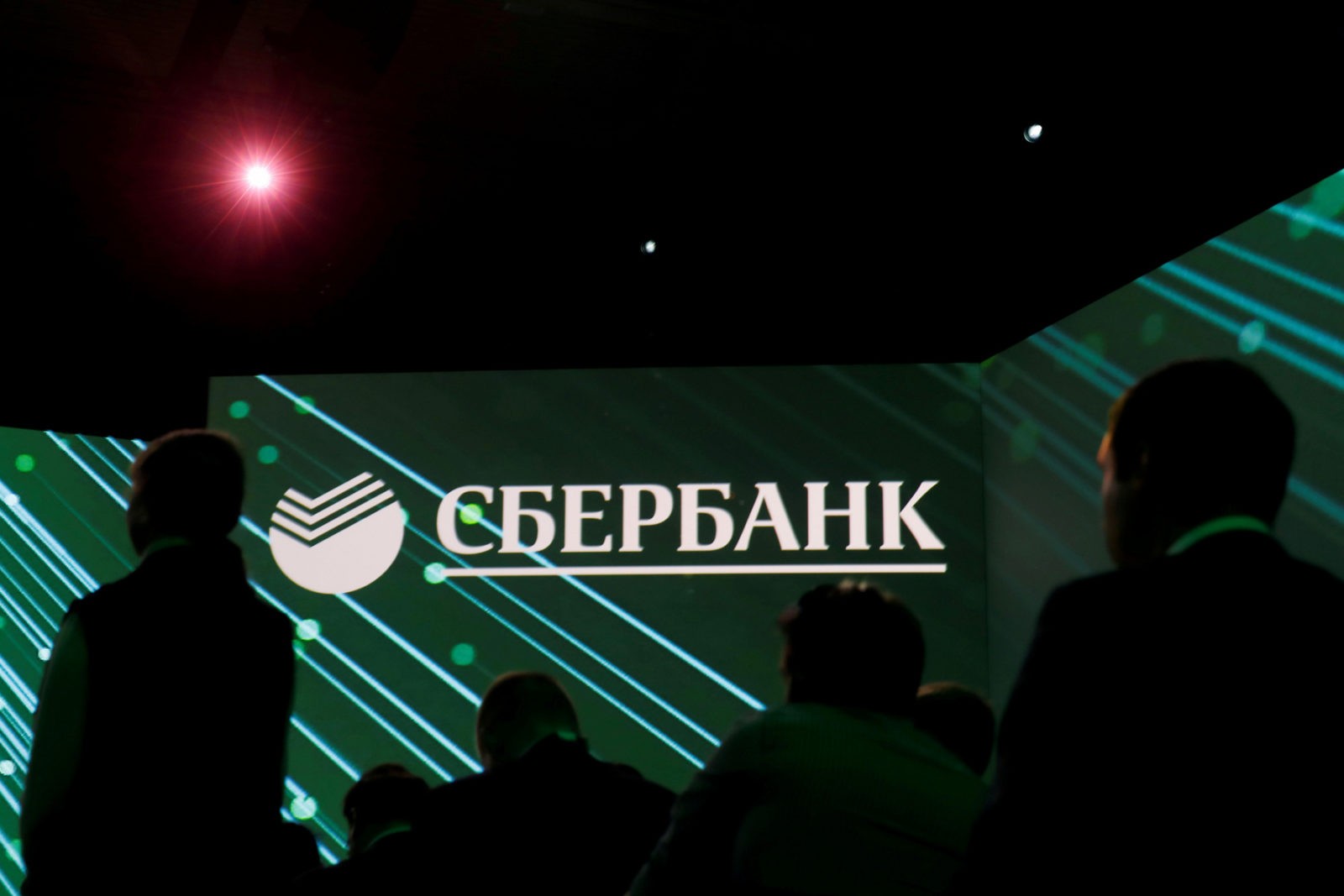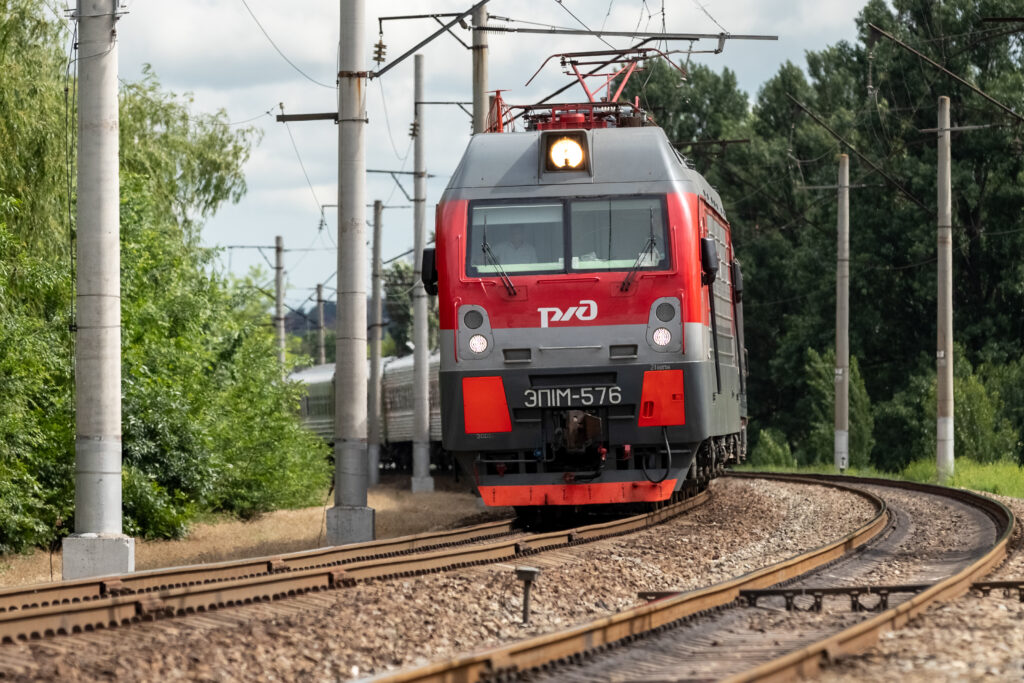The extraordinary deal where the controlling stake in Sberbank would be sold by the Bank of Russia (Central Bank) to the Ministry of Finance was being prepared as a “special operation” rather than a normal deal. Incidentally, it emerges nominally as the second largest deal by value in the history of the Russian market: USD 40 billion, second only to the Rosneft-TNK BP deal in 2013 worth USD 55 billion. These sorts of “operations” are becoming almost a habit after the strange privatisation of Rosneft in 2016, or a sudden increase of the retirement age in 2018. When describing such transactions in Russia, one cannot but use the term “scheme” (with some local observers even recalling the negatively loaded banking jargon word “skhematoz”).
Indeed, what do ordinary people think when they see a large asset being put from one state’s pocket to another? They would likely ask: “What’s the point? Sberbank was owned by the Central Bank for 30 years, so why is it suddenly being sold to the government? And why would the government want to pay the full price to the Central Bank instead of just taking the asset over?”
In all fairness, the Ministry of Finance and the Central Bank have been responding to an avalanche of journalists’ questions as actively as never before. Yet some questions still remain, two weeks after the deal was announced. In a nutshell, the communication policy of Russian authorities always leaves a lot to be desired. Why not, for instance, publish something like a FAQs list on the deal, or arrange a joint public briefing from the Ministry of Finance and the Central Bank to announce this “deal of the century”?
As a matter of form, it can be viewed as a normal deal, even the reasonable one. Before 2014, the Organisation for Economic Cooperation and Development (OECD) told Russia it was “strange” that the largest bank was being owned by the Central Bank, not the government, as reported in October by Deputy Finance Minister Alexei Moiseev. The Russian authorities acknowledge a “potential conflict of interest” in the Central Bank’s ownership of Sberbank and regulating the entire banking sector, as pointed out by the International Monetary Fund (IMF) in 2013. However, having implemented one recommendation of international institutions, the Russian authorities immediately violated another one. Contrary to the IMF’s advice, they decided to use FX-denominated oil and gas savings of the National Welfare Fund (NWF) to fund current budget spending. As it turned out, almost half the money to be paid by the Ministry of Finance to the Bank of Russia as consideration for Sberbank will go back to the government’s budget. This money will help to finance Vladimir Putin’s newest populist initiatives.
A conflict of interest
So what was the true purpose behind the deal? Nobody has an exhaustive answer to this question yet. But, we reckon the deal has two primary purposes: a political and an economic one.
The official explanation offered by the Ministry of Finance is that the transaction will eliminate a long-standing “potential conflict of interest” for the Bank of Russia as a shareholder of Sberbank (which represents a third of all assets of Russia’s banking system) and as a mega-regulator of the entire financial sector. This contradiction has existed for a long time, however to a different extent. 15–20 years ago Sberbank was still an archaic “bank for pensioners”, a clumsy machine preserving the Soviet mentality — and it probably made sense to support it to the detriment of the rapidly developing new banks.
But now Sberbank has indeed become a powerful financial giant with interests in a variety of technology businesses. Ten years ago, the then Deputy Governor of the Central Bank Sergei Golubev admitted that owning Sberbank was “a tough problem” for the Bank of Russia: Sberbank “commits many violations” and the Central Bank “cannot do anything about it”. Since that time, contradictions between Sberbank and its major shareholder have only aggravated.
Reuters has reported that Sberbank President Herman Gref was in conflict with the head of the Central Bank Elvira Nabiullina because Sberbank did not obey to some of the Central Bank’s requirements. Recently, the interests of the Central Bank and Sberbank have clashed several times: for example, in the issue of rapid payment system (Sberbank was creating its own mechanism, while the Central Bank was insisting on a single unified system for the market and even fined Sberbank for delay in connecting to that system) and also banking broader “ecosystems” (Gref sees the development of such a system as his main task, while the Central Bank sharply opposed). It seems that these contradictions have reached a point where a civilised divorce is the best solution. Judging by his seemingly very positive meeting with Prime Minister Mikhail Mishusin, Gref was rather pleased with the outcome.
Controversial dividends
The economic purpose of the deal can be explained as follows: until 2016, Sberbank paid dividends to its main shareholder, the Central Bank, and the latter fully included them in its net income. Then the Central Bank paid the government 75% of the annual net profit (it was 50% until 2014).
But in 2016, the government adopted the anti-crisis one-year budget (as opposed to the usual three-year budget plans). From that point, it passed an “interim” measure obliging the Central Bank to transfer dividends collected from Sberbank directly to the budget, bypassing the regulator’s balance sheet. This enabled the federal budget to raise additional hundreds of billion roubles leaving the Central Bank with additional expense item, i.e. Sberbank dividends paid to the budget.
Meanwhile, since 2017, the Central Bank has been recording net losses (even before accounting for the Sberbank dividends), which it last time saw in 1998. This is due to the so-called structural liquidity surplus in the banking system: the Central Bank spends more via interest paid on commercial banks’ deposits and correspondingly earns less via interest received from lending to banks. With the previous routine approach to Sberbank’s dividends, it would pay nothing to the budget at all since the dividends received from the bank did not cover losses on core operations.
In 2019, Nabiullina announced that transferring Sberbank’s dividends directly to the budget was “not a very normal practice.” Sberbank, after all, was still the property of the Central Bank, she noted. It was not normal that the Central Bank generally continued to bear the burden of liabilities from this asset, but the income generated by the asset went to the government. She made it clear that it was necessary to return to the pre-crisis standard when Sberbank’s dividends remained with the Bank of Russia. Otherwise the government should buy back a stake in Sberbank. “In our view, it would be logical for the government to buy our stake in Sberbank if it wants to receive dividends on a permanent basis,” Nabiullina told Interfax news agency in December.
On 13 February Minister of Finance Anton Siluanov confirmed that there was “a kind of logical conflict” between the government and the Central Bank over Sberbank’s dividends. But now the disagreement over the “temporary” measure has been eliminated: Sberbank’s dividends will go to the Ministry of Finance on a permanent basis. Or to be more precise, to the National Welfare Fund, which will formally hold shares of the bank on its balance sheet over a long term. During three years, from 2020 to 2022, the budget plans to collect 754 billion roubles (USD 11.9 bilion) of dividends from Sberbank, with the bank subject to universally imposed dividend payment rate for the state-owned companies of 50% of their net profit under IFRS. Sberbank is becoming the largest cash cow for the budget among all state-run companies by dividends, outperforming even Gazprom.
Oil and gas revenue instantly turns into non-oil and gas one
The Sberbank transaction has another economic dimension, which rather deals with the “creative accounting” on the government’s part, a tactic the government has resorted to once again. A similar thing happened in 2016 when the government privatised a stake in Rosneft, the largest oil company, but it turned out that at least at the first stage of the deal the authorities sold the stake virtually for their own money. Initially, a short-term loan to foreign buyers of Rosneft shares was provided by VTB state bank. Then, part of the deal was funded by Russian banks. This time, the government, through an elegant combination, turns the money to be paid to the Central Bank into its own budget expenditures.
This multi-track scheme looks as follows: the Central Bank records income from the sale of Sberbank shares in the amount of RUB 2.45 trillion. But RUB 1.25 trillion of this amount (USD 19.6 billion) will be returned to the budget within a few years. Additionally, the Central Bank will also transfer debt claims against Sberbank and state corporation VEB.RF in the amount of 0.5 trillion roubles to the budget. All because, according to Russian law, the Central Bank transfers 75% of its profits to the government.
The fiscal rule heavily guarded by the Ministry of Finance generally allows government expenditures to be increased by the sum of any additional non-oil and gas revenues. The profit of the Central Bank, transferred to the federal budget, is exactly categorized as non-oil and gas revenues — even though it will be sourced from the revenues deposited in the National Welfare Fund and earned from oil and gas production and exports (which normally shouldn’t be spent via current government’s budget). The revenue returned from the Central Bank will provide up to half the expenditure needed to cover President Putin’s large-scale social welfare promises in 2020–2022.
It is not clear whether this creative solution was part of the original plan crafted by the architects of the Sberbank sale. I personally do not think it was. After all, according to media leaks, negotiations between the Ministry of Finance and the Central Bank began as early as in September 2019. That was before Putin’s costly initiatives to combat poverty and the demographic crisis, announced in his Parliamentary address in January 2020, were disclosed even to government officials. Most likely, the decision to funnel National Welfare Fund (NWF) money to the budget through the Sberbank deal came rather as an improvisation, after Putin instructed the government to find sources of funding for his welfare-related promises. This seems especially likely given that the solution is perfectly and automatically consistent with the fiscal rule, or at least with the letter of the rule.
However, the scheme is clearly at odds with the spirit of the fiscal rule. Previously, the Ministry of Finance opposed the allocation of volatile oil and gas revenues to current budget expenditures. The IMF recommended that the Russian authorities should refrain from “quasi-budgetary” operations with NWF funds. If Russian officials were willing to avoid this, they should have to agree, for example, that the Central Bank transferred 75% of its profits to the budget, excluding the proceeds from the sale of Sberbank; or alternatively, that the Central Bank transferred profits back to the NWF instead of sending them to the budget. In this case, no additional Rouble-based liquidity would release via the budget expenditure channel, and the Central Bank would not have needed to draft a plan to sell the currency accumulated from the transaction within several years afterwards to “sterilize” that liquidity.
Not enough money before now
Another reason why the USD 40 billion mega-deal took place just now is because the government now finally has the money for the acquisition. Obviously, the Central Bank could not afford to hand Sberbank over for free. According to the law on the Central Bank, taking over the Central Bank’s property without its consent is prohibited, and it is unlikely that the CB would voluntarily give Sberbank to the government.
Moreover, Sberbank is a public company, with 48% free float (including 45% held by foreign investors). Carrying out such transaction at market value became possible only after accumulating a sufficient amount in reserve funds. Having been hit by the sanctions and low oil prices, Russia was wasting its hard currency savings since 2015, but began to replenish them again in 2017. As a result, from 2018 to January 2020, the Ministry of Finance already purchased USD 118 billion for the NWF.
The deal can be branded as “special operation” also because part of the proceeds will be reportedly used to restructure bank loans extended to companies of military-industrial complex (over 300 billion roubles, according to Reuters; the government does not comment on this). The bad debts of the Russian defence industry are a long-standing problem: back in 2016, the government used citizens’ frozen pension savings to repay the loans of the defence industry. In January 2020, the head of VTB Bank Andrei Kostin had an unexpected slip of the tongue saying that Putin had recently signed a secret decree on the restructuring of debts in the defence sector and the problem “is generally solved” with “active participation of the budget”. Perhaps the head of VTB was already aware of the decision on Sberbank.
Ultimately, the main problem with the Sberbank deal is not that Putin’s promises to improve the welfare of Russian citizens will be funded from the oil and gas reserves of the NWF “by way of exception”. After all, this money has been honestly earned by the government – and not stolen. The problem is that a system of universal rules that should not be broke, even for the seemingly good’s sake, still does not seem to work in Russia. Instead the rules of the game are being constantly rewritten or cancelled to account for “special cases” (note that the mandatory offer to Sberbank’s minority shareholders will be, by way of exception, made by the Central Bank, not the government, plus some other exceptions). Yet, these “special cases” occur with amazing regularity.










